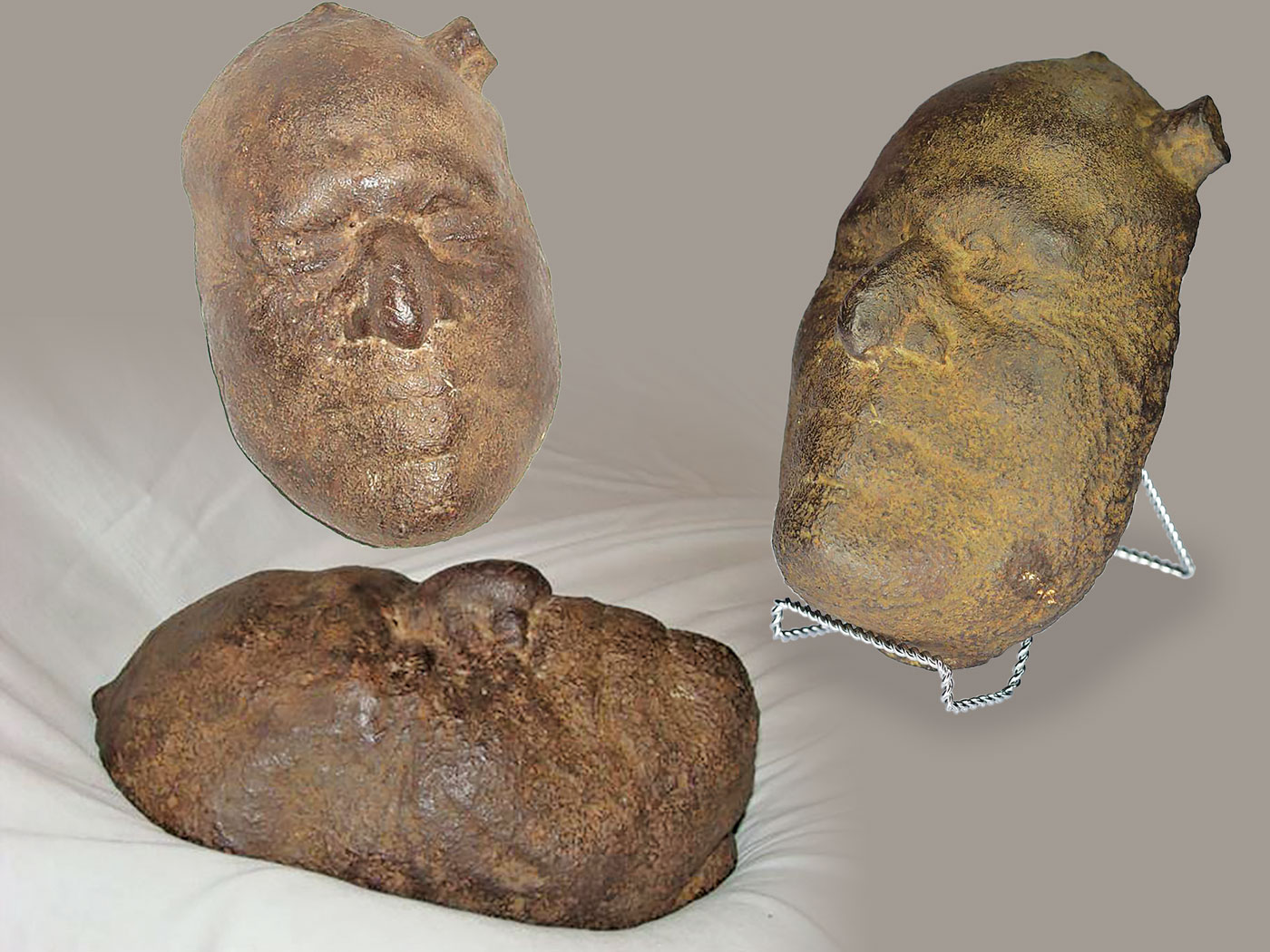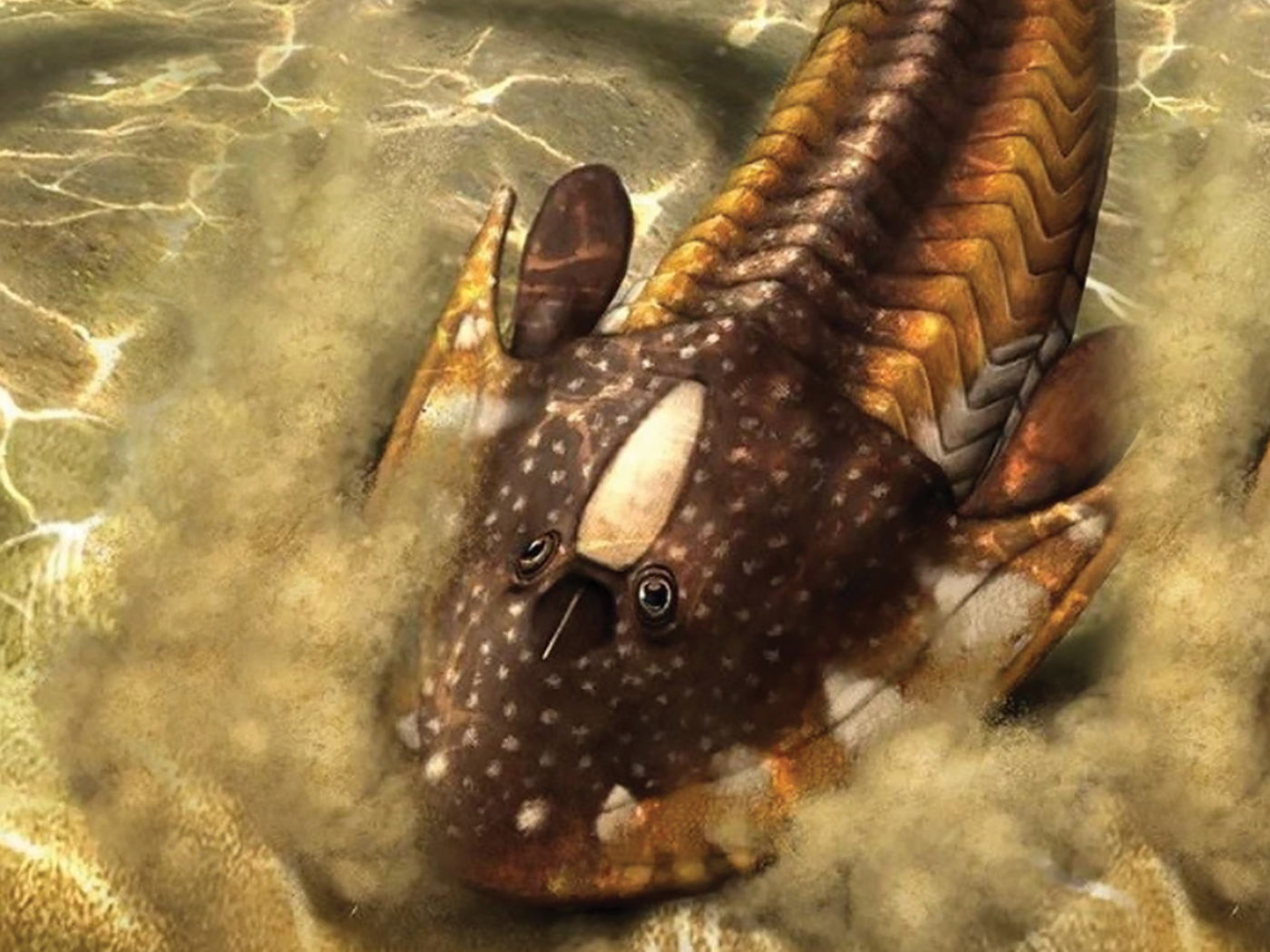Evolution holds that mankind emerged from “primitive” primates about 3.5 million years ago. Afterward, man continued to add habits and features that distinguished him from his humble predecessors, resulting fairly recently in what are considered modern humans. However, new artifact finds have not corroborated this naturalistic story.
Dr. Michael Petraglia of the University of Oxford led an investigation into an ancient population site in India that had been buried under volcanic debris. Beneath the ash, he discovered stone tools. A university press release related that “according to the team a potentially ground-breaking implication of the new work is that the species responsible for making the stone tools in India was Homo sapiens.”1 This finding contradicts the evolutionary molecular clock date of mankind’s presence in India by “about 15,000 years.” But this is to be expected, since different molecules “tick” at different rates, and thus make poor clocks.2
In other news, unexpected evidence of symbolic thought, a uniquely human attribute, was found in Western Cape, South Africa. Cross-hatching patterns on bird eggs, decorated for use as carrying baskets, were made during the middle Stone Age of that area, a tradition that is now “a widespread modern practice.” The results, published in the Proceedings of the National Academy of Sciences, revealed that whoever made these markings had “social, cultural, and cognitive underpinnings that overlap with those of modern people” (emphasis added).3
And a discovery of ancient grain use has forced another detail of “human evolution” to be refined. It was thought that cereals only entered humans’ diet after they evolved the abilities to roast, grind, and cook grain, supposedly 20,000 years ago. But grain grinding tools made of stone and estimated to be up to 100,000 years old were found in Mozambique with “ample starchy residue,”4 suggesting that a uniquely human diet existed far earlier than evolutionists had supposed. Anthropologist Julio Mercader found that “a large assemblage of starch granules has been retrieved from the surfaces of Middle Stone Age stone tools from Mozambique, showing that early Homo sapiens relied on grass seeds starting at least 105,000 years ago, including those of sorghum grasses.”5
All three of these finds are consistent with the biblical account, in which mankind was specially created and then, a few thousand years later, dispersed throughout the world from a point in the Middle East. These migrating families would have had a relatively primitive existence to begin with, but their fully human behaviors and abilities are clearly reflected in the artifacts they left behind.6
References
- New evidence shows populations survived the Toba super-eruption 74,000 years ago. University of Oxford press release, February 22, 2010.
- Thomas, B. Frozen Penguin DNA Casts Doubt on DNA-Based Dates. ICR News. Posted on icr.org November 25, 2009, accessed March 4, 2010.
- Texier, P-J. et al. 2010. A Howiesons Poort tradition of engraving ostrich eggshell containers dated to 60,000 years ago at Diepkloof Rock Shelter, South Africa. Proceedings of the National Academy of Sciences. Published online before print March 1, 2010.
- Willyard, C. Pass the Sorghum, Caveman. Science Now. Posted on sciencemag.org December 17, 2009, accessed March 4, 2010, reporting on a study published in Mercader, J. 2009. Mozambican Grass Seed Consumption During the Middle Stone Age. Science. 326 (5960): 1680-1683.
- Mercader, J. Mozambican Grass Seed Consumption During the Middle Stone Age. Science. 326 (5960): 1680.
- Thomas, B. Boats and Jewelry: ‘Stone Age’ People Were Surprisingly Modern. ICR News. Posted on icr.org January 25, 2010, accessed March 5, 2010.
Image credit: PNAS
* Mr. Thomas is Science Writer at the Institute for Creation Research.
Article posted on March 17, 2010.












